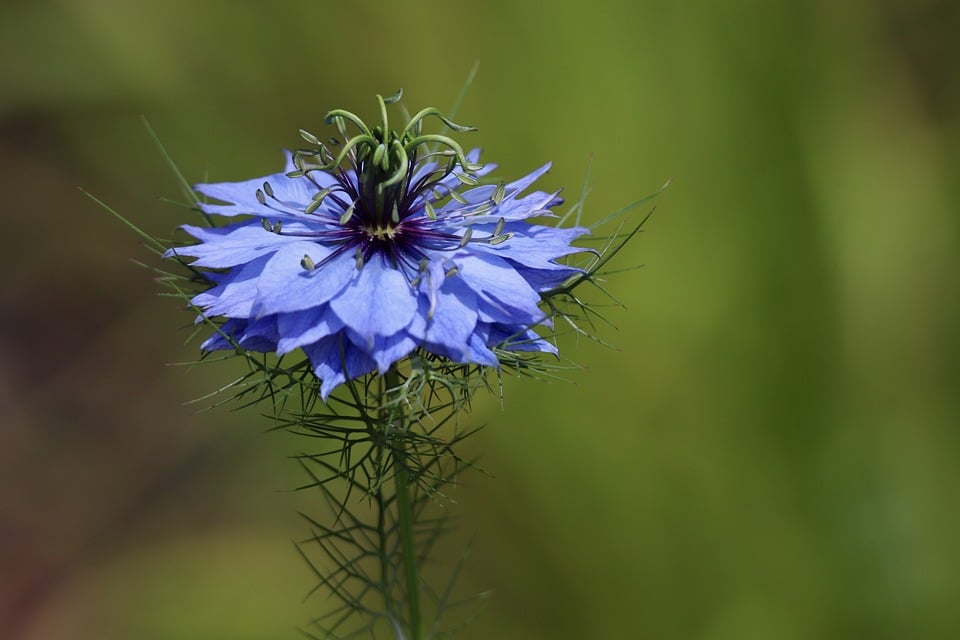[ad_1]
In a rapidly evolving world driven by technological advancements and changing cultural landscapes, the preservation of ancient traditions and practices holds a special significance. Despite the challenges of modernity, many traditional art forms, rituals, and customs have managed to endure the test of time, continuing to enrich our lives and connect us to our past. In this article, we will explore the resilience and evolution of these ancient practices, shedding light on their historical significance, current state, and future prospects.
Historical Context
The roots of traditional practices can often be traced back to ancient civilizations, where they served as a means of expressing cultural identity, spirituality, and social cohesion. From intricate weaving techniques to elaborate dance forms, these traditions were passed down from generation to generation, shaping the collective memory of communities and fostering a sense of belonging.
In many cultures, traditional practices were also closely linked to religious or spiritual beliefs, with rituals and ceremonies playing a central role in connecting individuals to higher powers or cosmic forces. For example, the art of Feng Shui in Chinese culture was believed to harmonize the energy flow in homes and landscapes, promoting health, prosperity, and well-being.
As societies evolved and modernized, some traditional practices faced the risk of extinction, overshadowed by the influx of new technologies and globalized trends. However, a resurgence of interest in heritage preservation and cultural appreciation has sparked a renewed appreciation for these ancient arts, leading to a revival of many traditional practices.
Current State
Today, traditional practices are experiencing a renaissance, with a growing number of enthusiasts and practitioners seeking to preserve and promote these age-old art forms. From indigenous crafts to traditional music and dance, there is a renewed interest in exploring the cultural heritage of different communities and celebrating the uniqueness of their artistic expressions.
One of the driving forces behind this revival is the recognition of the intrinsic value of traditional practices in preserving cultural diversity and promoting intercultural dialogue. By engaging with traditional art forms, individuals can gain a deeper understanding of different worldviews, beliefs, and values, fostering greater empathy and mutual respect.
Moreover, traditional practices often offer a sustainable alternative to modern industrial processes, emphasizing eco-friendly and ethically sourced materials. For example, traditional crafts such as pottery and weaving rely on natural resources and traditional techniques, contributing to the preservation of local ecosystems and promoting a more sustainable way of life.
Future Predictions
Looking ahead, the future of traditional practices appears promising, with a growing global recognition of the importance of cultural heritage preservation and sustainable development. As more people become aware of the value of traditional art forms, there is a growing demand for authentic and ethically sourced products that reflect the unique cultural heritage of their creators.
In response to this trend, many initiatives and organizations are working to support traditional artisans and craftsmen, providing them with the resources and opportunities to showcase their skills and reach wider audiences. By collaborating with designers, marketers, and cultural institutions, traditional practitioners can adapt their art forms to contemporary tastes while retaining their authenticity and cultural significance.
To ensure the continued vitality of traditional practices, it is essential to engage the younger generation and cultivate an appreciation for heritage preservation from an early age. By integrating traditional art forms into educational curricula, cultural events, and community programs, we can inspire future generations to carry on the legacy of their ancestors and keep ancient traditions alive for generations to come.
Conclusion
In conclusion, the art of tradition continues to thrive in today’s fast-paced world, offering a timeless connection to our collective past and a source of inspiration for the future. By honoring and preserving ancient practices, we not only celebrate the richness and diversity of human culture but also pave the way for a more sustainable and inclusive society.
As we navigate the complexities of the modern world, let us remember the wisdom and beauty of our ancestors’ traditions, and strive to keep their legacy alive for generations to come. Thank you for joining us on this journey through the art of tradition, and we encourage you to explore further resources to deepen your understanding of this timeless phenomenon.
[ad_2]
